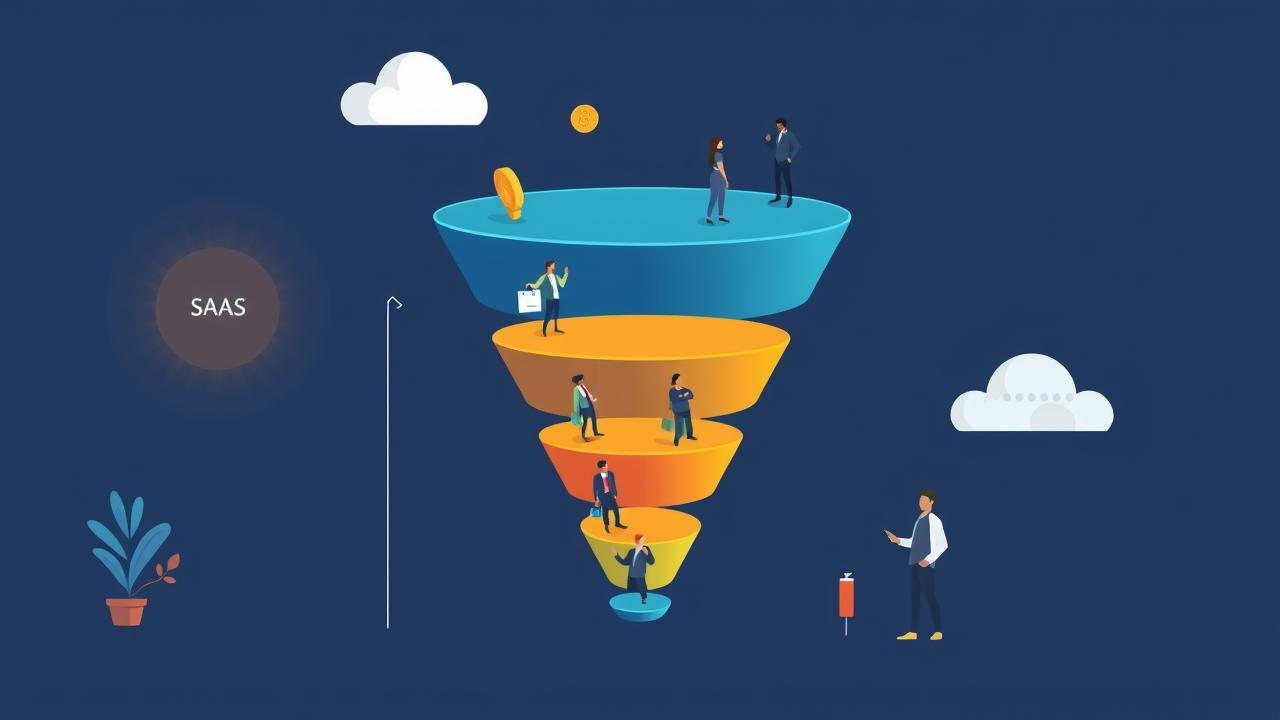1. Awareness
This is the first step of the sales funnel where potential customers learn about a company via advertisements, social media, blogs, or referrals from other people. It is important to gain interest and leave a positive impact. Companies use SEO tools like paid advertisements and quality content to gain a large audience.
As most people at this level are not looking to buy anything, the primary focus is still on brand awareness and perception of mystery.
Using a good message or snappy value proposition captures interest and draws attention from people who would like to be ‘funnelled’ deeper into the pipeline.
2. Interest
When the potential customers know about the brand, they become interested in the brand and the goods and services it offers. The prospective customer might read the company’s blog, visit its website, view its videos, or follow its social media handles.
At these stages, the marketing firm deepens the customers’ engagement using more guides, case studies, explainer videos, and/or webinars. The goal of these activities is to garner further interest along with increasing the trust level in the brand.
They can make use of nine email drip campaigns, lead magnets like free ebooks or newsletters, personalized clothing recommendations to sustain and deepen the consumers’ trust, and enable the final decision to be supported.
3. Consideration
During this stage, leads are actively looking for information on the product or service and comparing it with other options. They may be looking at reviews, asking for a demonstration, or even asking some questions.
Address their concerns and give us any unique selling propositions and success stories to build credibility. Free trials, comparisons with other products, and consultations can be very helpful to let prospects appreciate the real value.
There is always strong social proof as communication does a great deal of convincing for them to be positively inclined to the ultimate offer.
4. Intent
Potential consumers demonstrate some observable behavior that shows they probably wish to purchase the item. They may add items to a basket, opt in for a trial, or even try to ask how much things cost.
Remove those last-minute doubts by providing discounts, allowing guarantees for services offered, or some special limited-time offers. Using automated personalized follow-ups like remarketing ads, direct outreach can greatly nudge potential buyers to close the purchase.
Make the buying process easy by ensuring the checkout process is simple and payment options are straightforward. This helps to ensure potential clients are not lost during this critical phase.
5. Purchase
This is the stage where the customer finally completes the purchase. Eliminating any hesitation during this stage is critical, and businesses should make sure that the transaction process is smooth and safe. A purchase confirmation email with tracking information and excellent customer service at the time of payment will boost customer satisfaction.
The experience should be hassle-free and satisfying, giving confidence to customers. A robust after-sales service greatly aids customer satisfaction and retention through onboarding manuals or customer support services.
6. Retention & Advocacy
The funnel does not close with the completion of the purchase. Maintaining customers and onboarding them as brand evangelists is key for sustainable growth.
This can be achieved by the use of loyalty incentives, exclusive discounts, and active communication through marketing emails and social media. Satisfied customers can be turned into promoters through encouragement of reviews, referrals, and user-generated content.
Encouraging happy customers will likely lead to another repeat purchase and referrals, which will further broaden the business. Ongoing communication, engagement, and delivering real value will help retain customers and advocate for the brand.


